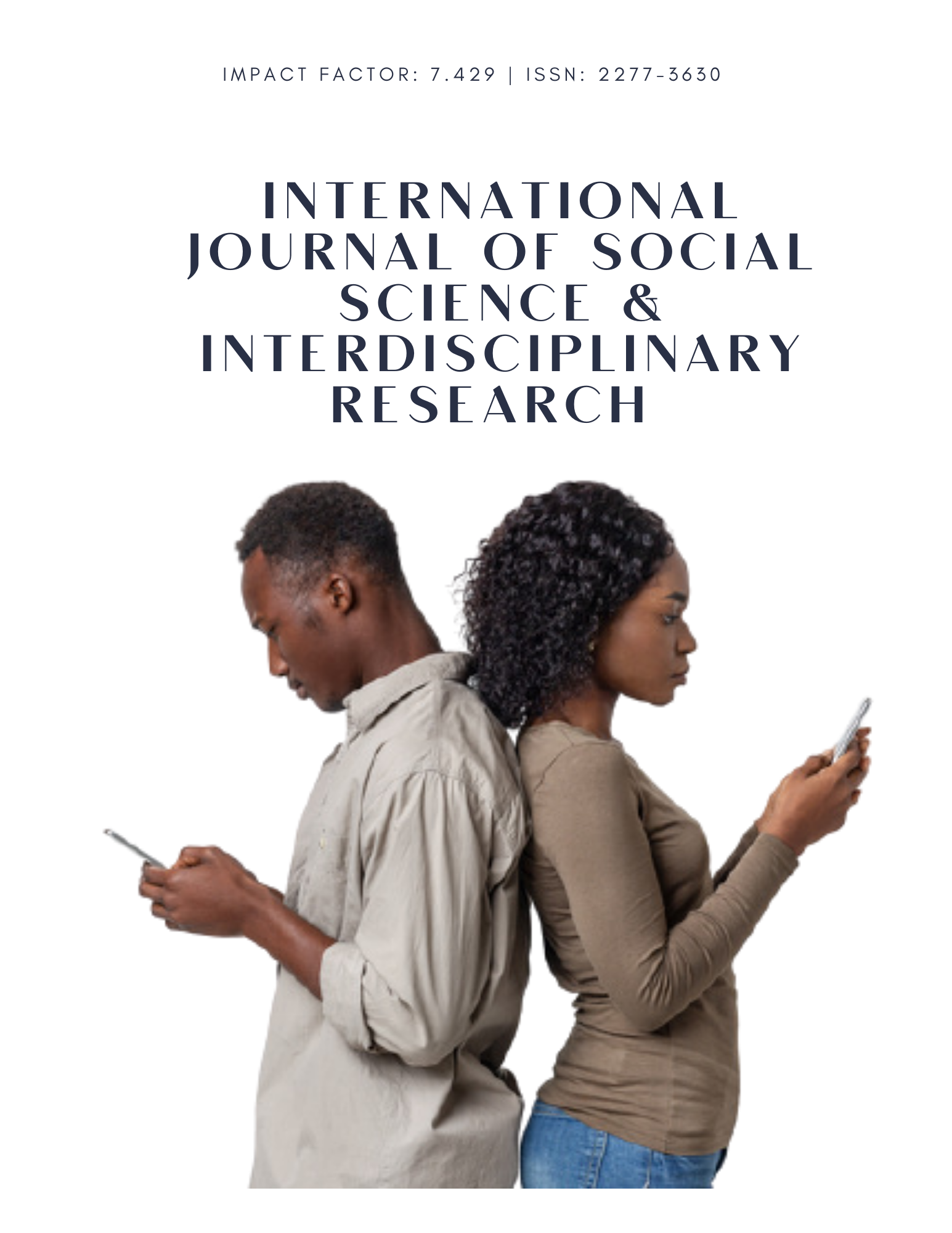Analysis of the Word, Structure and Its Essence
Keywords:
emotional-expressive function, semantics, expressive meaning, integral unit, semantic structure, syntactic usage, transformation, lexemes, nominative, semas, ideographic, emotional-stylistic nuance, expression, evaluation, function, converse, excessive, sememas, integral, differential semas, structure.Abstract
This article is interpreted on the basis of the issues of general linguistic description of the word. It expresses such features as the transfer of phrases, sentences, words in the transformation of meaning on the logical basis of lexemes.
References
Svalberg, A. (2007) Language awareness and language learning, ELT Journal, 40, 287-308
Swales, J. (1989) Service English program design and opportunity cost, Johnson (Ed.), The second language curriculum, 79-90
[Times, Sunday Times, 2010]
[Times, Sunday Times, 2007]
Umera-Okeke, N., Omolara Daniel, I. & Iyere, Th. (2011) ENGLISH FOR SPECIFIC PURPOSES, National Open University of Nigeria, Lagos
Jane Austen, Pride and Prejudice, 2018: 679
Hadley Keller, House Beautiful, “The fascinating reason Bobby Berk Stores Books this way on Queer eye,” 9 May 2019
[Diane Ravitch, The Language Police, 2003]
Albert Rowe, Joan Rowe, The Word Finder, 1987: 725]
Elisabeth Noreback, Tell me you are mine, 2018: 66]
Cambridge Advanced Learners’ Dictionary, Third Edition]
Downloads
Published
How to Cite
Issue
Section
License
Copyright (c) 2022 GEJournasl

This work is licensed under a Creative Commons Attribution-NonCommercial-NoDerivatives 4.0 International License.





